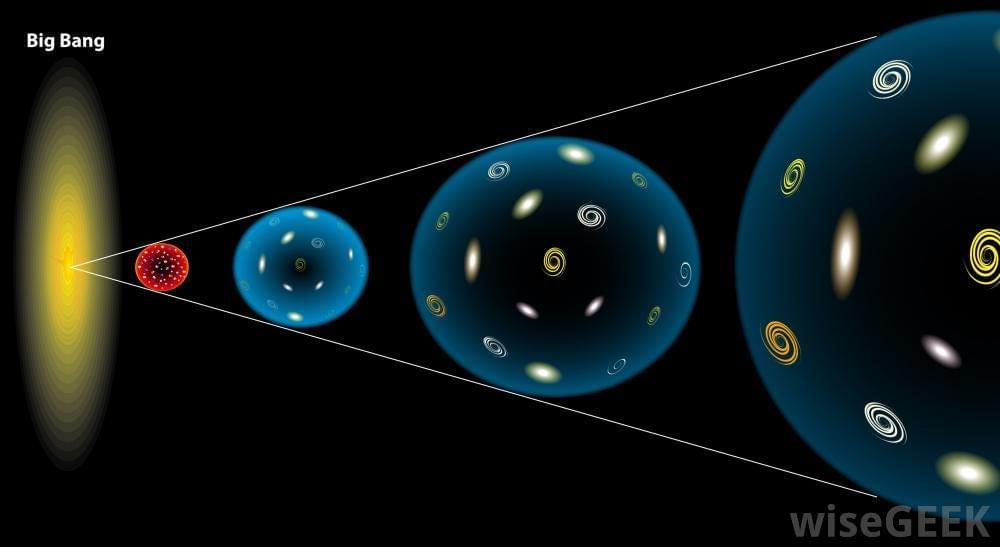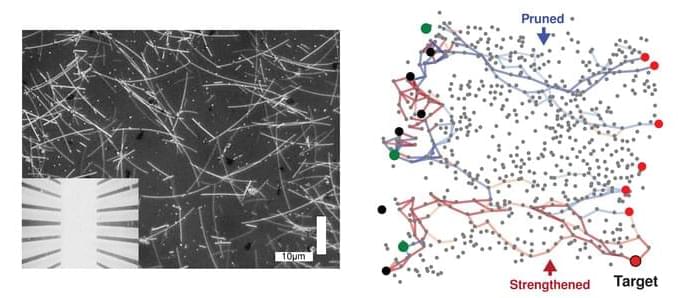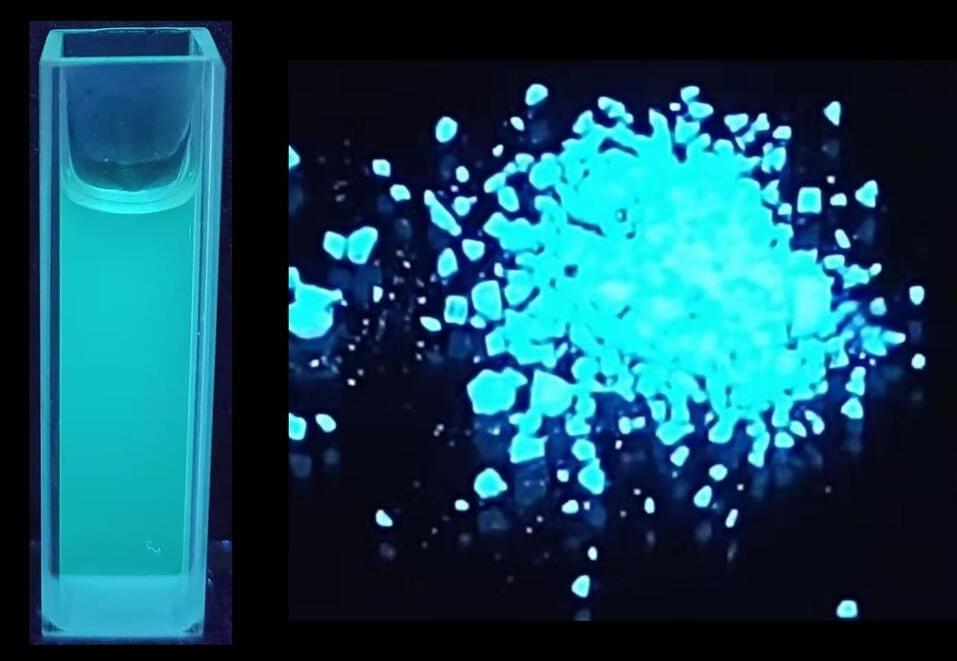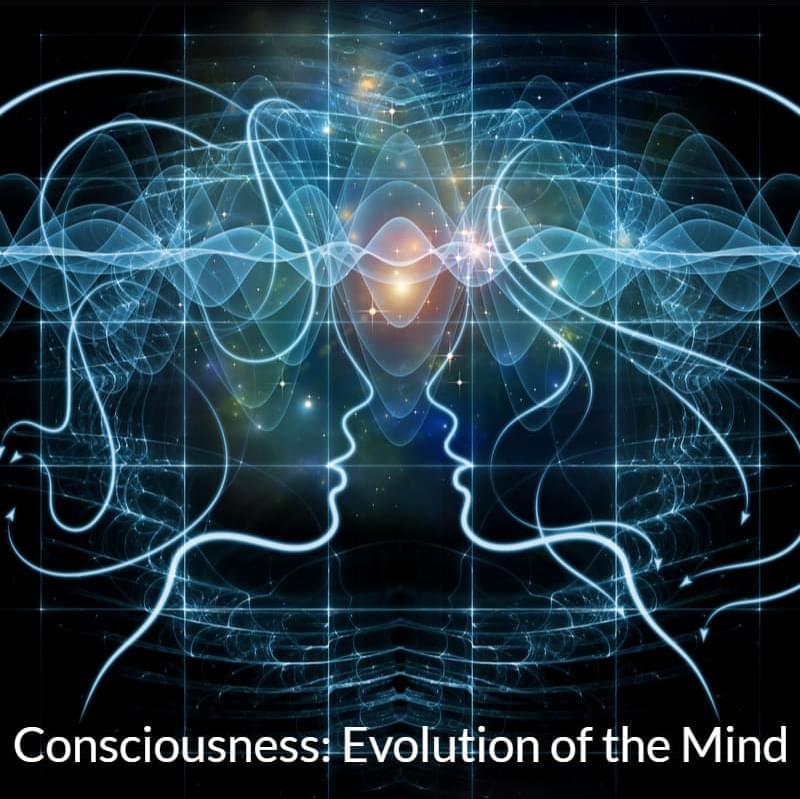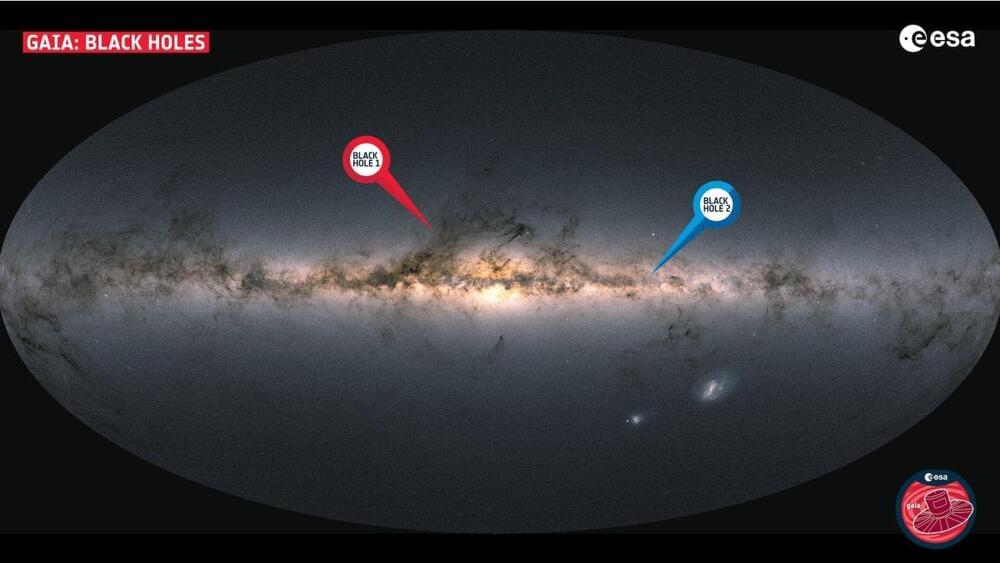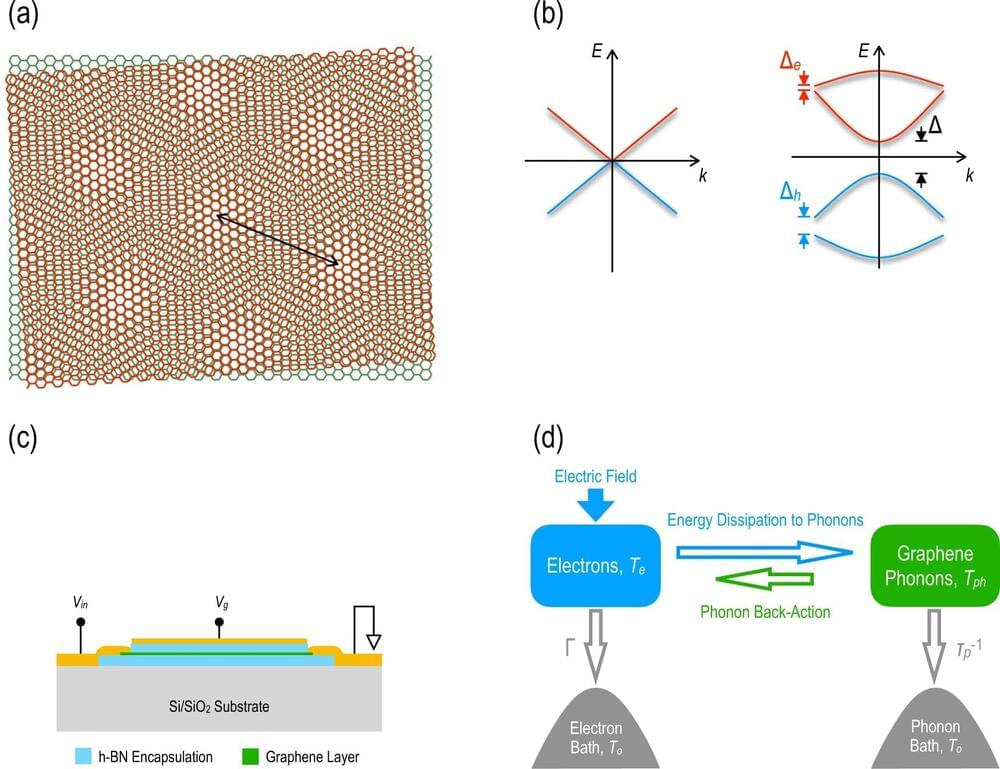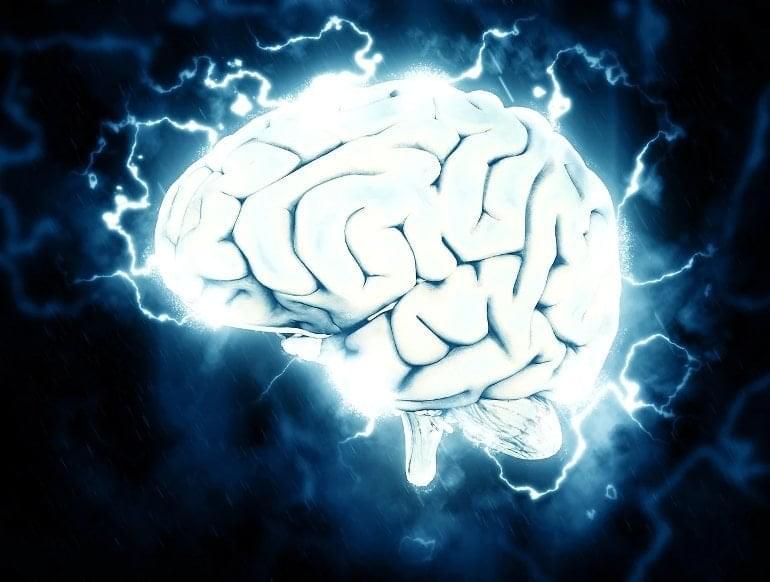Apr 24, 2023
Superintelligence: Collective Superintelligence
Posted by Dan Breeden in category: space travel
Last time, we talked about the concept of Speed Superintelligence as proposed by philosopher Nick Bostrom at the University of Oxford. If you haven’t seen the previous videos on this topic, do check them out, the link is in the description below. Today, we will be looking at a different kind of superintelligence known as Collective Superintelligence and some of its defining characteristics!
A collective superintelligence according to Bostrom is a form of superintelligence that is a system achieving superior performance by aggregating large numbers of smaller intelligences. So, he formally defines collective superintelligence as “a system composed of a large number of smaller intellects such that the system’s overall performance across many very general domains vastly outstrips that of any current cognitive system.” Now, Collective superintelligence may be less conceptually clear-cut than speed superintelligence, however, it is more familiar empirically. For example, firms, work teams, academic communities, countries, and even humankind as a whole, can fall under collective superintelligence. Since these loosely defined “systems” are capable of solving classes of intellectual problems by breaking them into parts that can be pursued in parallel and verified independently. Tasks like building a space shuttle or operating a hamburger franchise offer many opportunities for division of labor: different engineers work on different components of the spacecraft, and different staff members operate different restaurants for the smooth operation of the whole franchise.


